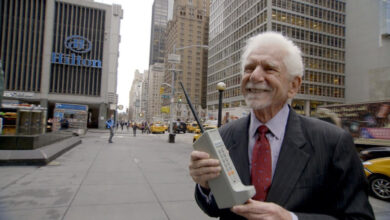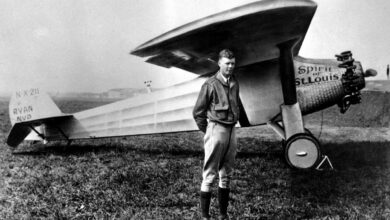A Leap into the Cosmos: The Launch of STS-31 and the Hubble Space Telescope
On April 24, 1990, the Space Shuttle Discovery lifted off from Kennedy Space Center on mission STS-31, marking a pivotal moment in space exploration and scientific discovery. This mission’s primary objective was deploying the Hubble Space Telescope (HST) into Earth’s orbit, a project that promised to significantly expand our understanding of the universe. After a series of delays due to technical issues and concerns about the shuttle’s safety, Discovery finally launched at 8:33 AM EDT, carrying a crew of five astronauts into space. The successful deployment of Hubble approximately 24 hours later, represented a triumph of engineering and teamwork and the beginning of a new era in astronomy.
Despite initial challenges with the Hubble Space Telescope’s optics, which were discovered to have a significant flaw, the mission was eventually hailed as a monumental success following corrective servicing in 1993. Over the years, Hubble has provided unprecedented views of the universe, from the planets in our solar system to the most distant galaxies, revolutionising our understanding of the cosmos. The data and images gathered by Hubble have led to significant breakthroughs in astrophysics, including the determination of the universe’s rate of expansion. The STS-31 mission, therefore, stands as a testament to human ingenuity and the insatiable curiosity to explore and understand the universe beyond the confines of our planet.





